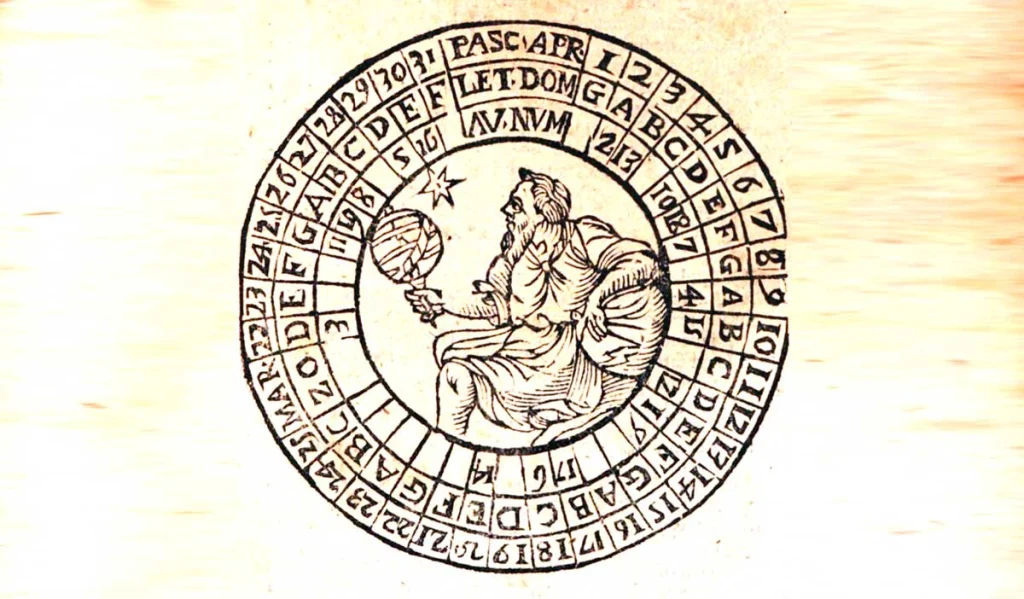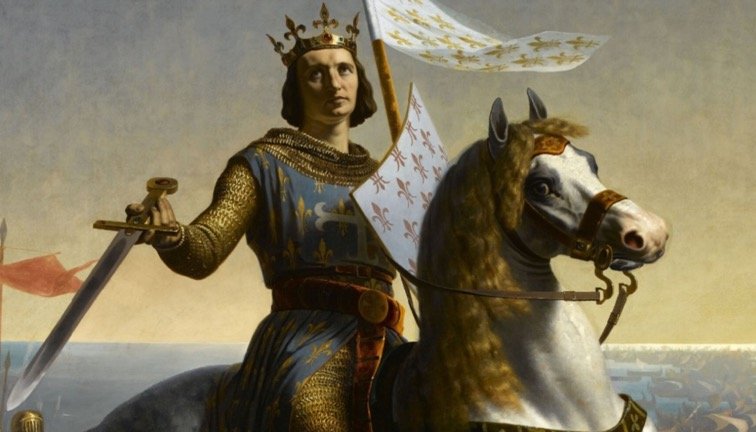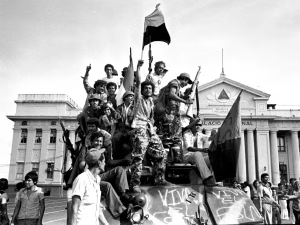August 23, 1939. Just days before the world plunged into its most devastating war, two bitter ideological enemies—Nazi Germany and the Soviet Union—shook hands in the shadows. What emerged from that handshake was not a promise of peace, but a blueprint for destruction. It was called the Molotov–Ribbentrop Pact, named after the two foreign ministers who signed it. History would remember it as a cynical gamble, a devil’s bargain.
For Hitler and Stalin, it was not love but convenience. One was a fascist who despised communism; the other, a communist who loathed fascism. But both saw a chance to advance their own ambitions—and carve up Europe in the process.
A Pact of Wolves
The public version of the agreement was shocking enough: a non-aggression treaty between Nazi Germany and the Soviet Union. The two nations pledged not to attack each other, no matter what happened elsewhere in Europe.
But the real horror lay in the secret protocol.
Behind closed doors, Hitler and Stalin agreed to divide Eastern Europe like spoils. Poland would be split down the middle. The Baltic states—Estonia, Latvia, and Lithuania—would fall under Soviet “influence.” Finland and parts of Romania were added to the Soviet shopping list. It was the death sentence for millions, signed with ink and sealed with ambition.
To the rest of the world, it was stunning. Just the year before, Hitler had been railing against Bolshevism as a threat to civilization. Stalin, too, had warned of Nazi aggression. Now, the two totalitarians were allies of convenience, trading ideology for land.
Hitler’s Calculated Risk
For Hitler, the pact cleared the runway for war.
He knew that attacking Poland risked igniting a broader conflict with Britain and France. But the real danger was a two-front war—the nightmare that had haunted Germany since World War I. By neutralizing the Soviet Union, Hitler thought he could strike west with impunity. The Wehrmacht would crush Poland quickly, then turn its sights on France and Britain.
It was a cold, ruthless calculation—and it worked. On September 1, 1939, Nazi tanks rolled into Poland from the west. Sixteen days later, the Red Army invaded from the east. Poland was swallowed whole, its people caught between two brutal regimes.
The world was stunned. Britain and France declared war on Germany, but not on the Soviet Union. Stalin, it seemed, had bought time—and territory.
Stalin’s Gamble
Stalin didn’t trust Hitler. No one did. But he feared Western betrayal more.
For years, he had called for a united front against fascism, only to be snubbed or sidelined. The Munich Agreement of 1938, where Britain and France let Hitler devour Czechoslovakia, had convinced him that the West would appease Hitler forever.
So Stalin took what he could. By signing the pact, he secured his borders, gained buffer states, and avoided immediate war. In public, he insisted it was a defensive move. In truth, it was an opportunistic land grab.
But his victory was short-lived. Less than two years later, on June 22, 1941, Hitler broke the pact and launched Operation Barbarossa—a massive invasion of the Soviet Union. The gamble had failed. Stalin’s deal with the devil had come due.
More Stories
The Victims in Between
While Hitler and Stalin played chess, it was the pawns who suffered most.
Poles, Jews, Balts, Ukrainians—millions found themselves under occupation, stripped of rights, property, and life. The NKVD and Gestapo operated in tandem, sometimes even sharing prisoner lists. In Poland, the Nazis built death camps; the Soviets orchestrated mass deportations and executions, like the infamous Katyn massacre.
Entire nations were erased from the map. Cities were burned, borders redrawn, populations shattered. For those on the ground, it didn’t matter which flag flew overhead. Both regimes brought terror.
A Pact That Shook the World
The Nazi-Soviet Pact didn’t just enable war—it accelerated it. Without Stalin’s cooperation, Hitler might have hesitated to attack Poland. Without the partition, the Soviet Union wouldn’t have been caught so flat-footed in 1941.
Even after the war, the shadows of the pact lingered. The Soviets denied the secret protocol for decades, only admitting its existence in 1989. The Baltic nations, long held under Soviet control, cited it as proof of illegal occupation. The scars ran deep.
History’s Verdict
The Molotov–Ribbentrop Pact stands as one of the most cynical deals in modern history—a moment when ideology bowed to power, and two sworn enemies conspired to destroy smaller nations for their own gain.
Neither side escaped unscathed. Hitler, believing he had outfoxed Stalin, ultimately sowed the seeds of his own defeat on the Eastern Front. Stalin, thinking he had secured peace, was forced into a brutal war that killed millions of his own people.
It was a deal made in hell. And like all such bargains, it came at a terrible cost.











































